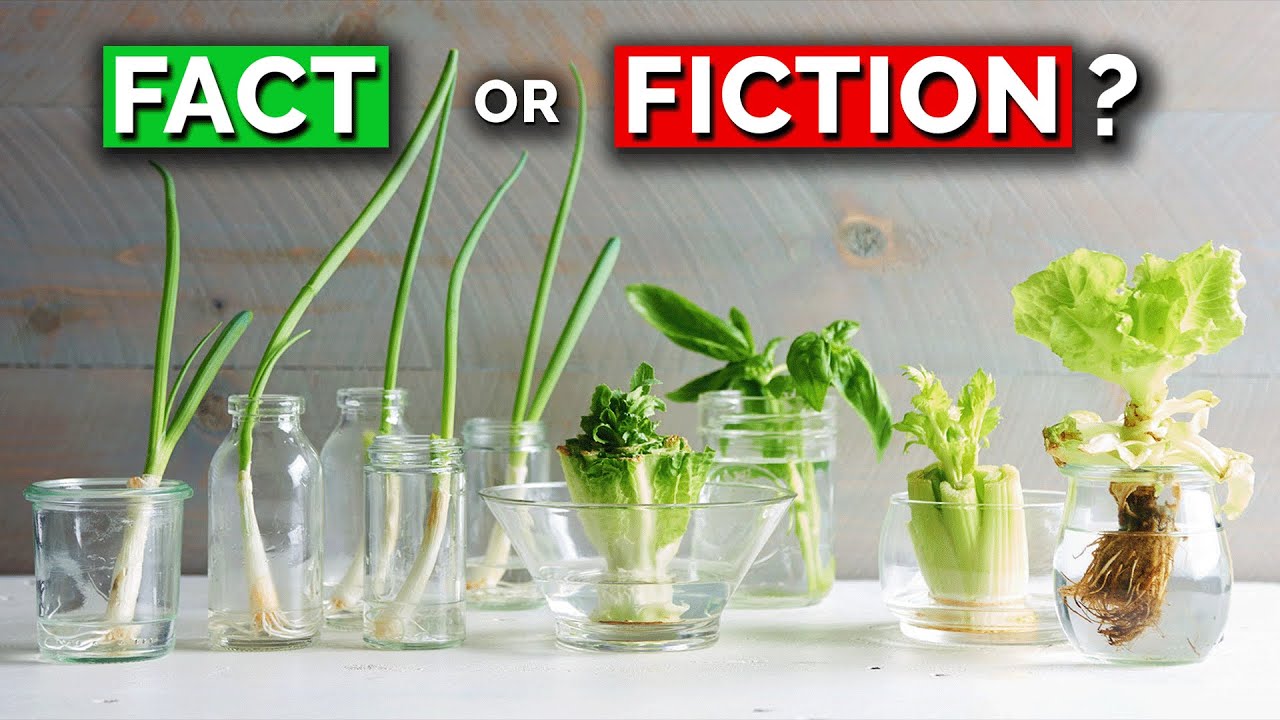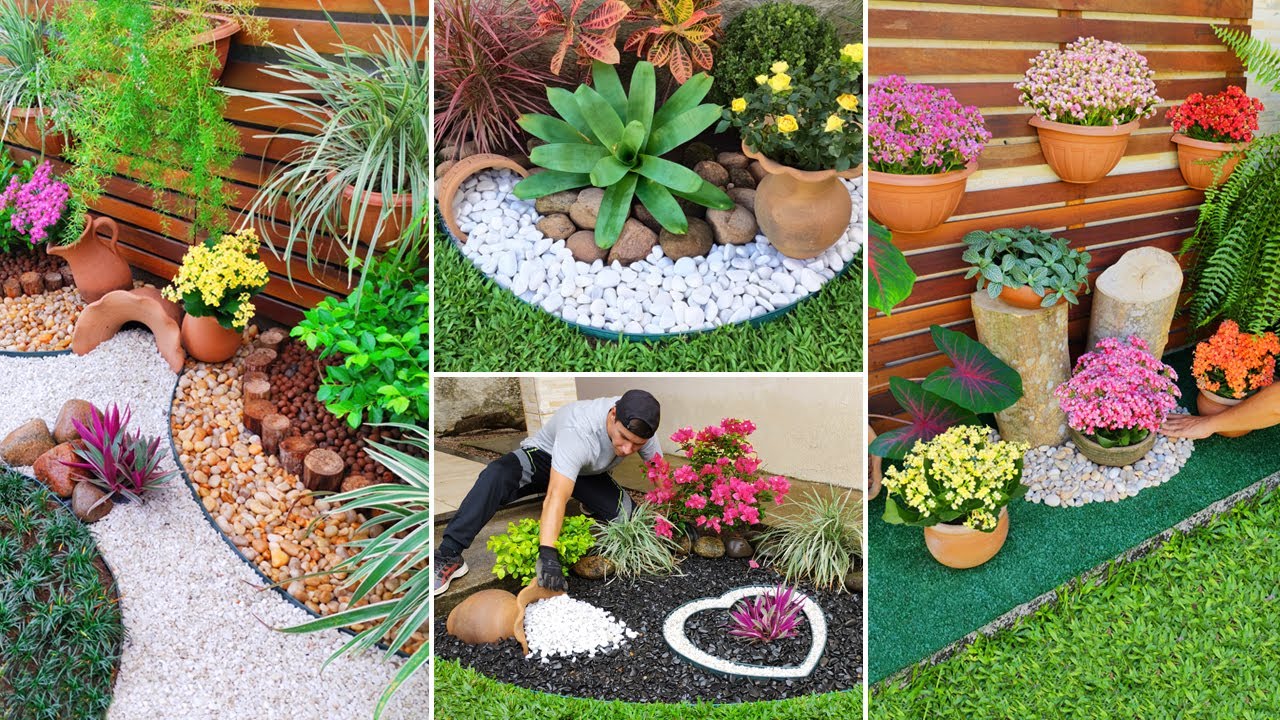Overwatering in Pots: How to Spot and Fix the Problem
“`html
Overwatering in Pots: Understanding the Problem
Overwatering is one of the most common issues that can affect potted plants, leading to a range of health problems and even plant death. As a gardener, whether you’re a seasoned expert or a novice, understanding how to identify and fix overwatering is crucial for maintaining the health and vibrancy of your plants. This article aims to provide you with an in-depth overview of overwatering in pots, detailing how to recognize the signs, the consequences of excess water, and effective remedies for the problem. We’ll examine essential factors such as pot materials, soil types, and watering schedules to help you optimize your plant care routine. By the end of this guide, you will have the knowledge to prevent overwatering in pots and ensure your plants thrive in their environment.

Signs of Overwatering: How to Identify the Problem
Recognizing Visible Symptoms
The first step to tackling overwatering is to understand the visible symptoms. Recognizing the signs of water excess can help you take corrective action before it’s too late. Key indicators include wilting leaves, yellowing foliage, and root rot. If your plant’s leaves are drooping despite plenty of moisture in the soil, it may be a sign of overwatering rather than wilting due to lack of water. Root rot, often caused by constant moisture, appears as black, mushy roots when you check the root system. It’s important to regularly inspect your plants for these signs to prevent long-term damage.
Soil and Drainage Inspection
Inspecting the soil and drainage is essential to determine if overwatering is occurring. Check if the top inch or two of soil feels wet even a few days after watering; this may indicate poor drainage or compacted soil that is retaining excess moisture. Furthermore, potted plants require pots with adequate drainage holes to allow excess water to escape. If your pot lacks these holes, consider repotting your plant in a more suitable container.
The Dangers of Overwatering: Consequences for Your Plants
Understanding Root Rot
One of the most severe consequences of overwatering is root rot. This condition occurs when roots sit in excessively moist conditions, leading to the development of fungal infections. Root rot limits the roots’ ability to absorb nutrients and water, causing further stress to the plant. Once root rot sets in, it can be challenging to recover the plant, highlighting the importance of recognizing overwatering symptoms early.

Decreased Oxygen Levels
Overwatered soil can prevent oxygen from reaching the roots. Roots need air to function effectively, and when the soil is saturated, the oxygen molecules are pushed out. This can lead to poor root health and stunt growth, resulting in plants that are weak and unable to produce new foliage or flowers. Ensuring your plants receive adequate airflow around their roots is crucial for their overall health.
How to Fix Overwatering: Practical Solutions
Adjusting Your Watering Schedule
The first step in addressing overwatering is to re-evaluate your watering schedule. It is essential to water based on the specific needs of your plant rather than adhering to a strict routine. Factors such as temperature, humidity, and seasons all influence how quickly soil dries out. Check the soil moisture with your finger—a good rule is to water only when the top inch of soil is dry.
Improving Soil and Drainage
If you suspect your soil retains too much moisture, consider incorporating materials that improve drainage. Mixing perlite, sand, or coconut coir into your potting mix can enhance airflow and prevent waterlogging. Choosing pots with multiple drainage holes or crafting your own drainage setup can also significantly help.
Preventing Overwatering: Best Practices for Plant Care
Selecting the Right Pot and Soil
Prevention is always the best approach. Choosing the correct pot and soil type is essential for preventing overwatering issues. Terracotta pots, for instance, are excellent for water-sensitive plants, as they allow moisture to evaporate more readily than plastic pots. When choosing potting soil, look for blends designed for good drainage, which often contain materials like perlite or bark to aid aeration.
Regular Plant Monitoring
Finally, consistent monitoring allows for early detection of potential overwatering issues. Regularly check the moisture level of your plant soil, review leaf health, and stay attuned to environmental conditions. A small investment of time in observing your plants can save you from larger problems down the line, leading to healthier, happier plants.
Summary and Common Questions about Overwatering
Understanding overwatering is essential for any plant enthusiast. Early detection of overwatering symptoms can save your plants from root rot and other water-related issues. Key signs include yellowing leaves, weak stems, and soil that remains perpetually wet. Proper adjustments of your watering schedule, soil mix, and drainage capabilities are necessary to maintain plant health. Always choose pots that promote good drainage and select appropriate soil blends to prevent water retention. Regular monitoring is not only beneficial but necessary to ensure our indoor or outdoor plants remain vibrant.
FAQs
What are the signs of overwatering in houseplants?
Common signs include yellowing leaves, wilting despite moist soil, and the smell of decaying roots. If you notice any of these, it’s essential to take action quickly.
Can I save a plant that has been overwatered?
Yes, if addressed in time. Remove the plant from its pot, inspect the roots, and prune any that are rotting. Allow the plant to dry out before repotting it into fresh, dry soil.
How often should I water my potted plants?
It varies by species and growing conditions. Generally, wait until the top inch of soil is dry before watering. Always research the watering needs of your specific plants.
Is using self-watering pots a good idea?
Self-watering pots can be beneficial if used correctly, but they may lead to overwatering if not monitored closely. Make sure to check the soil moisture regularly to avoid waterlogging.
“`